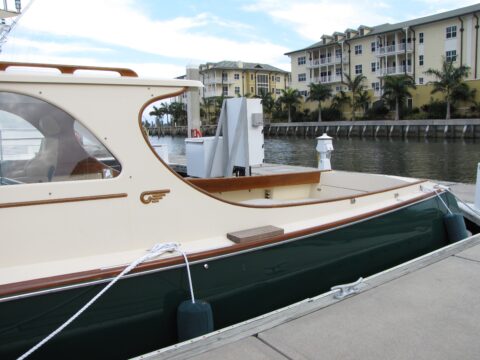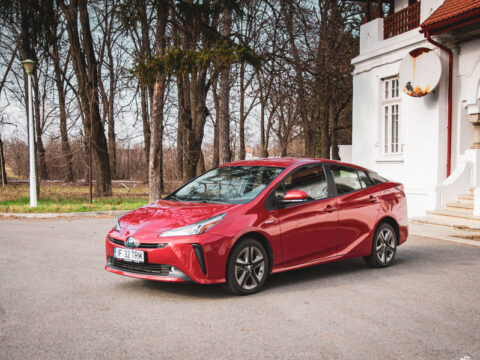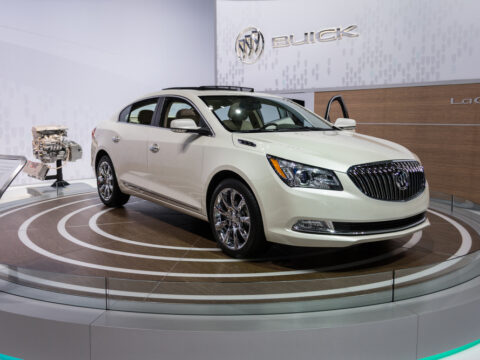Jeep has produced some of the most iconic vehicles in automotive history, with many models becoming prized collectibles. However, not all Jeeps have maintained their value over time. In this article, we’ll take a closer look at 20 Jeep models that have seen their collector appeal fade, exploring the reasons behind their decline.
Contents
Jeep Liberty (KJ)
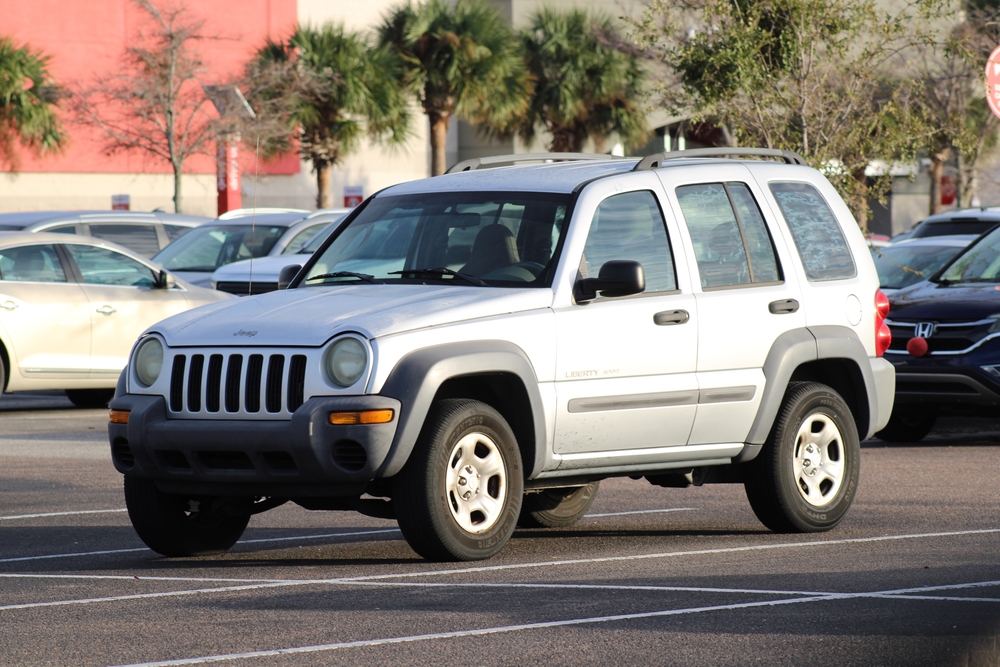
The Jeep Liberty (KJ), produced from 2001 to 2007, initially garnered attention as a smaller, more affordable alternative to the Grand Cherokee. However, its unrefined ride quality, mediocre fuel economy, and lack of off-road capability compared to other Jeep models led to a decline in its desirability. The Liberty’s design and build quality did not age well, and it is often overlooked by collectors who prefer more iconic and rugged Jeep models.
Jeep Compass (First Generation)
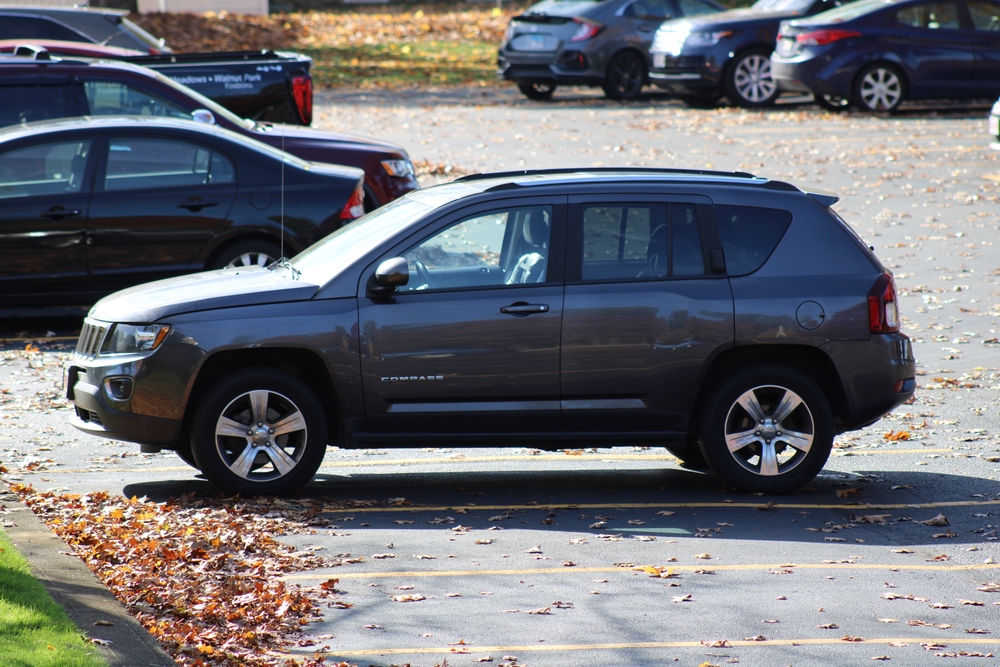
Launched in 2007, the first-generation Jeep Compass attempted to merge Jeep’s off-road image with the growing popularity of compact SUVs. However, it fell short in both areas, offering lackluster performance, uninspiring design, and minimal off-road capability. The interior quality was subpar, and the overall driving experience failed to resonate with enthusiasts, leading to a steep depreciation in collector value.
Jeep Patriot
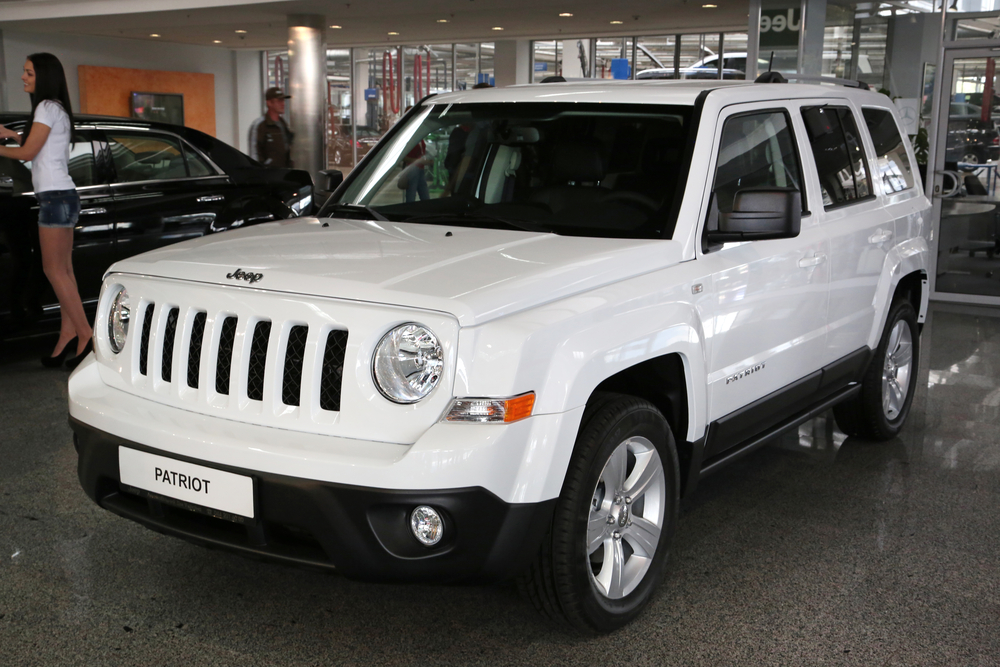
The Jeep Patriot, introduced alongside the Compass in 2007, shared many of the same flaws, including underwhelming performance and a basic, plastic-heavy interior. Despite its boxy, traditional Jeep appearance, the Patriot was largely viewed as an uninspired and underpowered entry into the SUV market. As a result, it has struggled to find a place in the hearts of collectors, leading to a significant drop in value.
Jeep Comanche
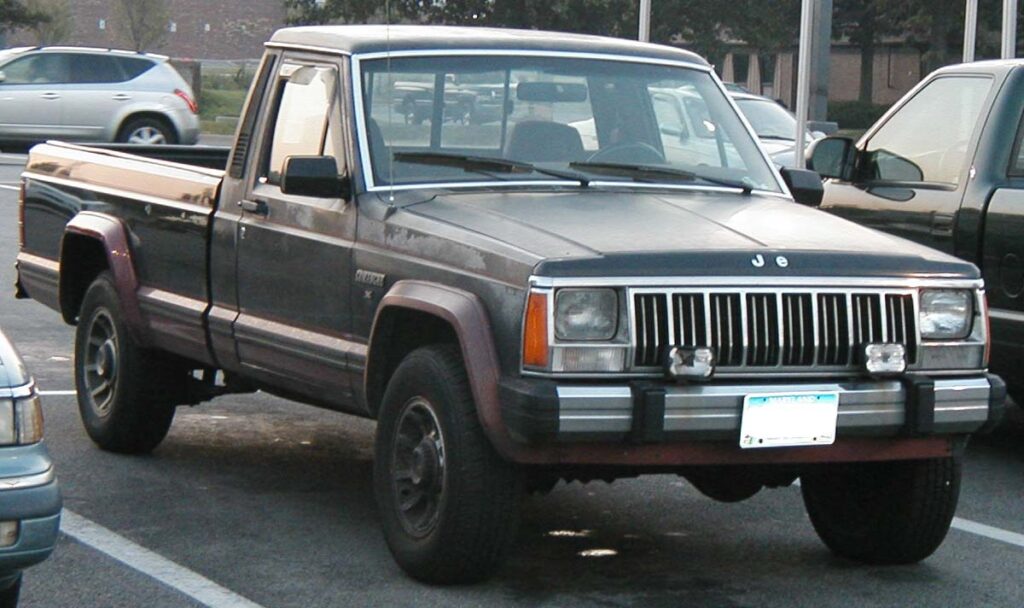
The Jeep Comanche, a pickup variant of the Cherokee produced from 1986 to 1992, failed to achieve lasting popularity. Although it offered the ruggedness expected from a Jeep, its limited production numbers and niche appeal did not translate into strong collector interest. The Comanche’s utilitarian design and lack of standout features have kept it from gaining the same level of appreciation as other classic Jeep models.
Jeep Cherokee (XJ)
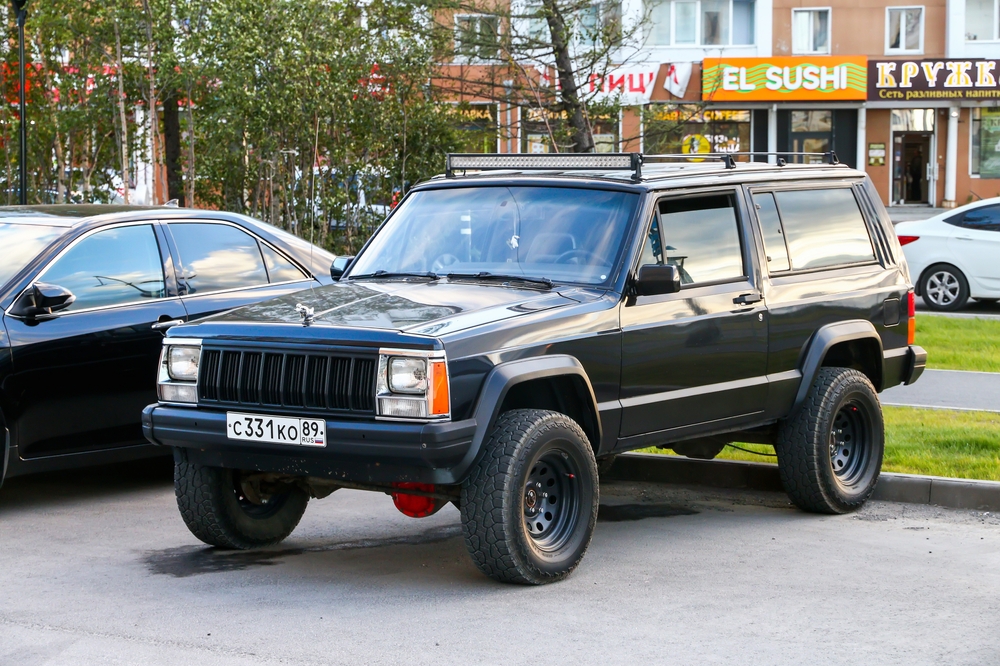
While the Jeep Cherokee XJ is celebrated for its durability and off-road capability, its ubiquity has led to a saturation in the market. Produced from 1984 to 2001, the XJ was widely used and is still readily available, making it less desirable to collectors seeking rarity. Additionally, many examples have been heavily modified or worn down, further diminishing their appeal in the collector market.
Jeep Commander
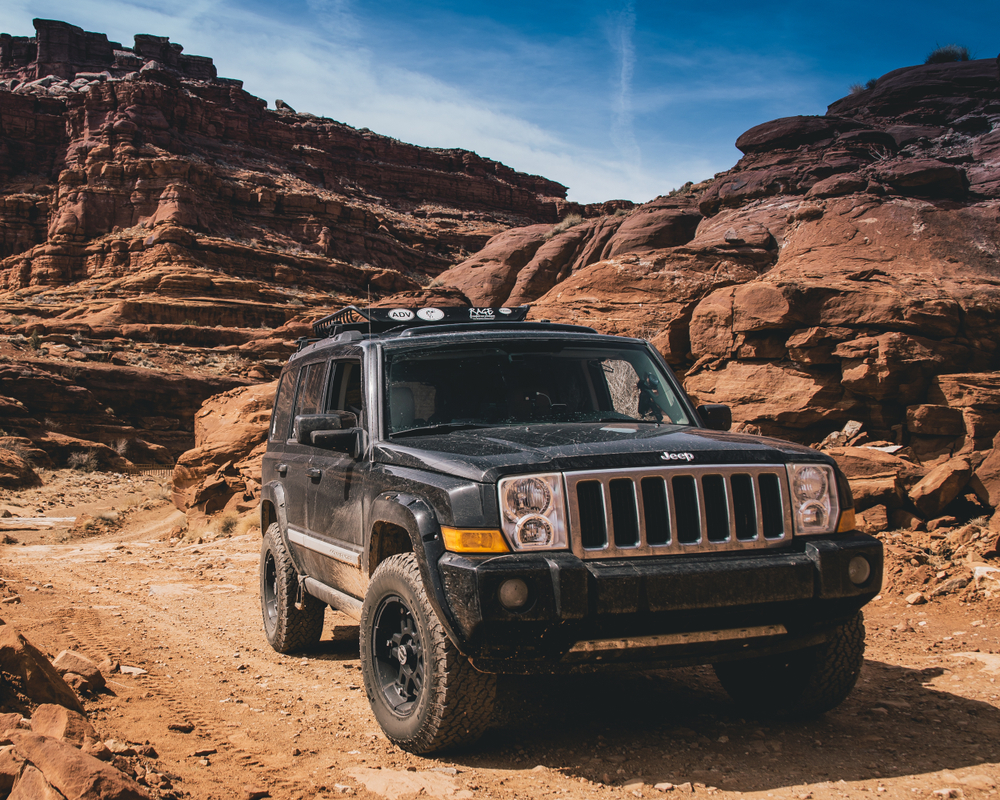
The Jeep Commander, produced from 2005 to 2010, was Jeep’s attempt to capture the large SUV market. Unfortunately, its boxy design, poor fuel economy, and relatively cramped interior for its size did not resonate with consumers. The Commander’s reliability issues and lack of distinctiveness compared to other Jeep models have contributed to its decline in value among collectors.
Jeep Wagoneer (SJ)
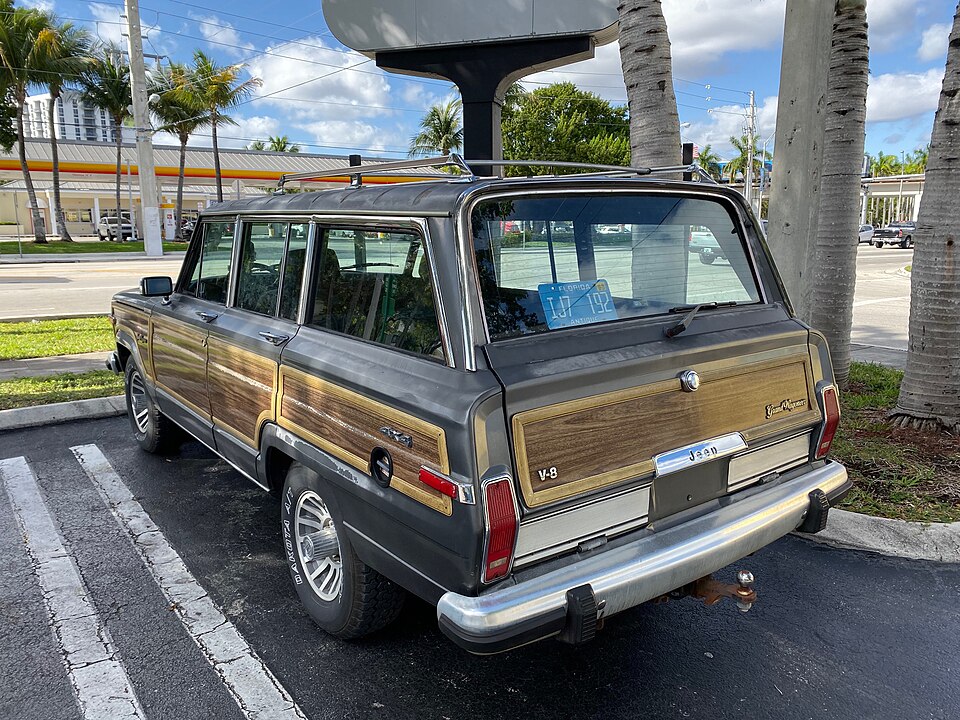
The Jeep Wagoneer (SJ), produced from 1962 to 1991, was a pioneer in the luxury SUV segment. However, as newer, more advanced SUVs entered the market, the Wagoneer’s appeal diminished. While it still has a niche following, its aging design, high maintenance costs, and the availability of more modern alternatives have caused its value to decline in the broader collector community.
Jeep Renegade (First Generation)
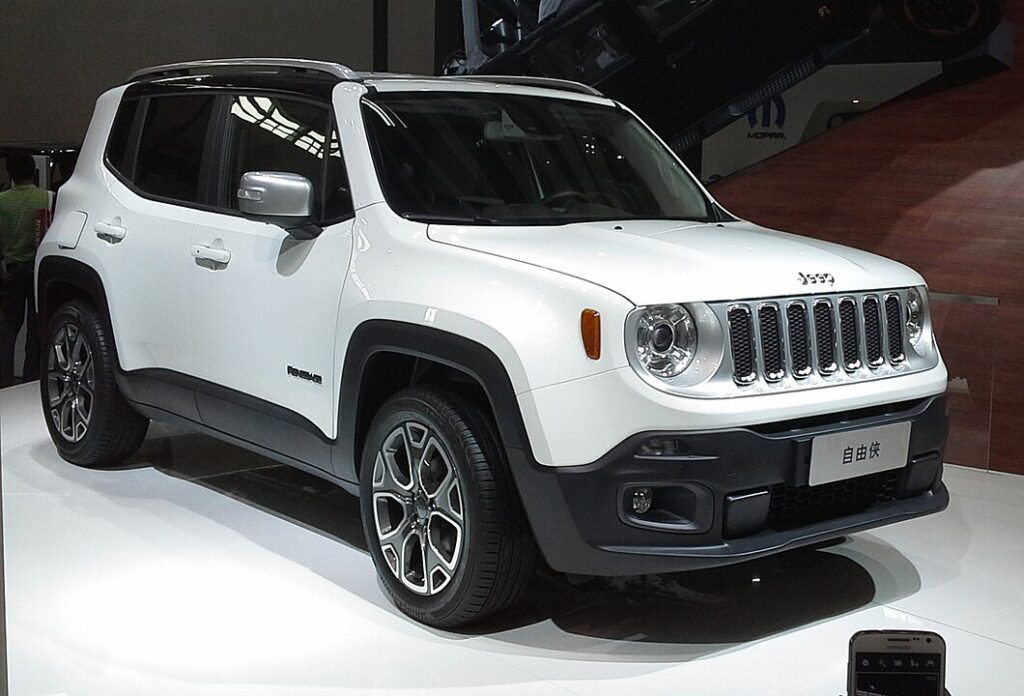
The first-generation Jeep Renegade, introduced in 2014, aimed to appeal to urban drivers with its compact size and modern styling. However, its limited off-road capability and somewhat polarizing design left many traditional Jeep enthusiasts unimpressed. The Renegade’s association with the Fiat platform and its underwhelming performance in both off-road and on-road conditions have led to a lukewarm reception in the collector market.
Jeep Grand Cherokee (ZJ)
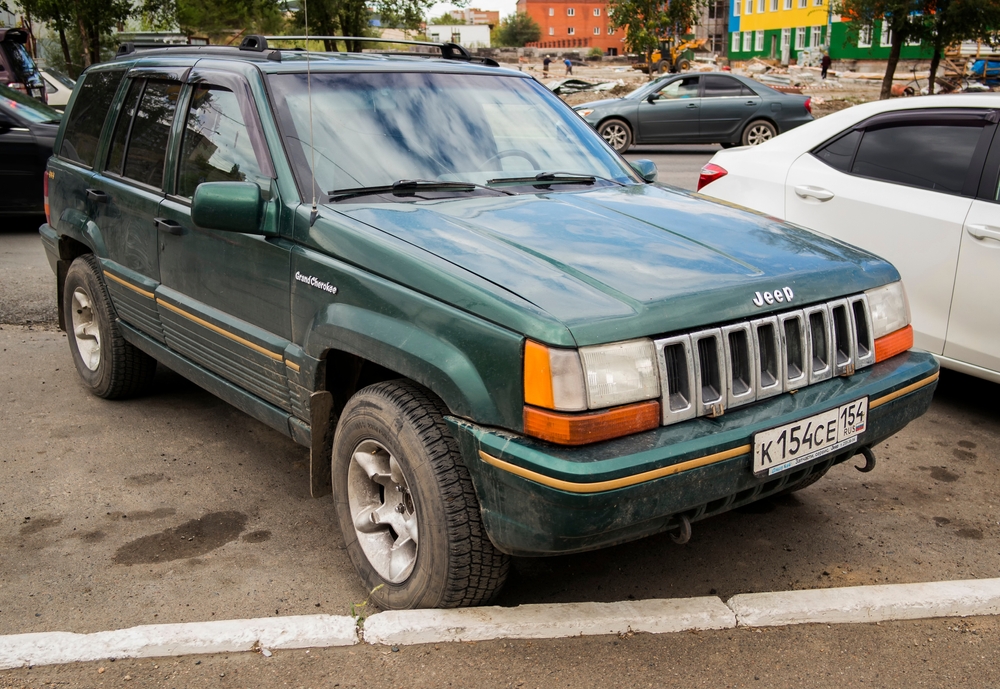
The Jeep Grand Cherokee ZJ, produced from 1993 to 1998, was a significant model for Jeep, marking the brand’s entry into the luxury SUV market. However, its value has not held up well due to widespread availability and common mechanical issues, such as transmission failures. Despite its initial success, the ZJ’s design and technology have not aged gracefully, leading to a decline in collector interest.
Jeep DJ Dispatcher
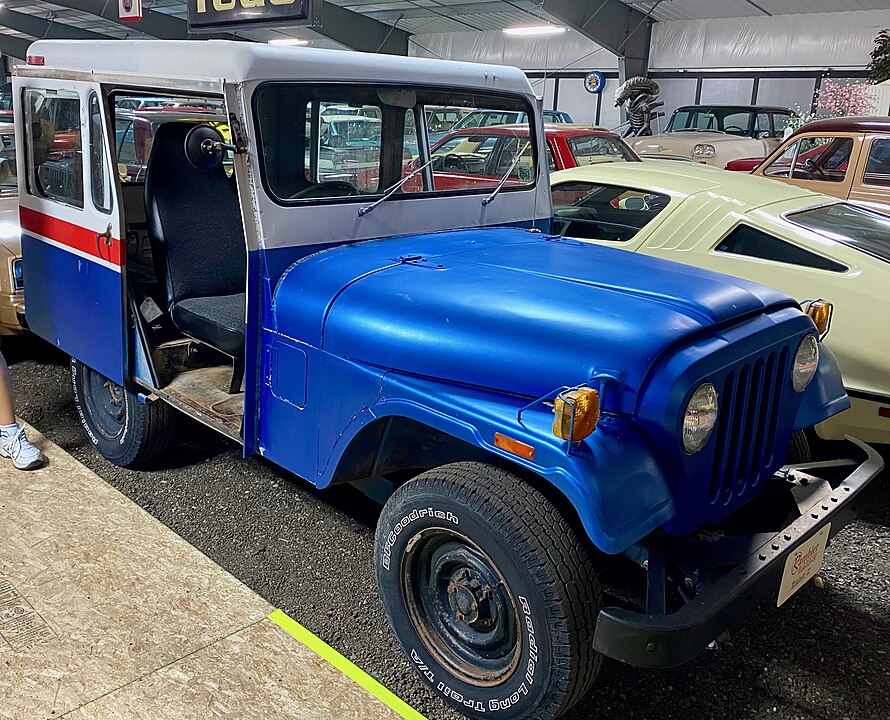
The Jeep DJ Dispatcher, a two-wheel-drive variant of the CJ series, was primarily used for postal delivery and other utility purposes. Produced from 1955 to 1984, the DJ lacks the off-road capability and rugged appeal that attract Jeep collectors. Its utilitarian design and limited use outside of commercial applications have resulted in low demand and diminished value in the collector market.
Jeep J10 Pickup
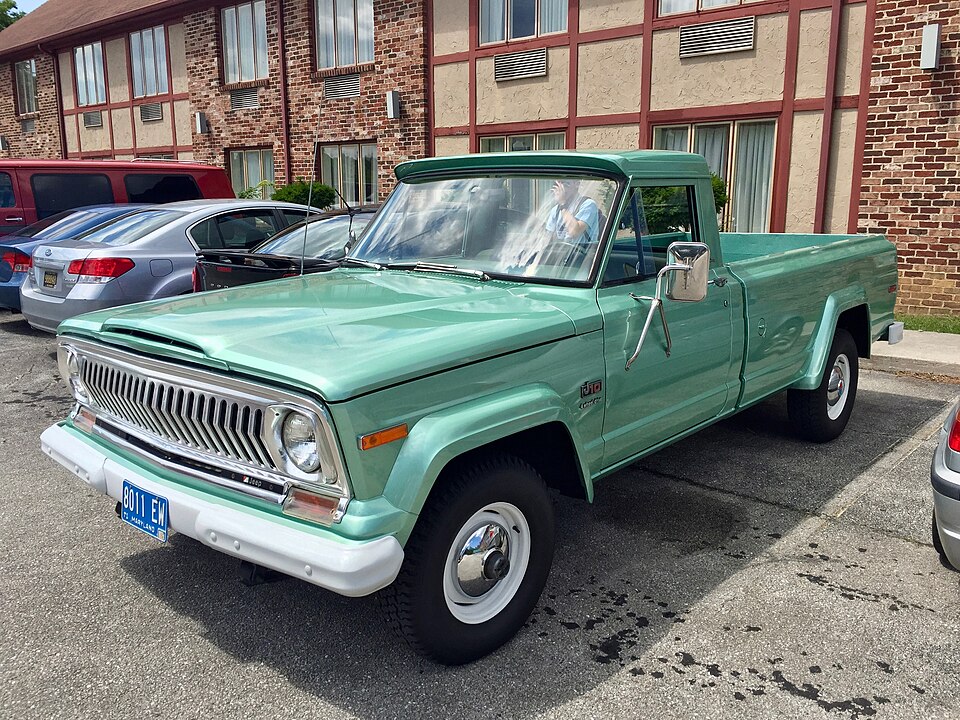
The Jeep J10 Pickup, produced from 1974 to 1988, was a robust and capable truck in its time. However, its utilitarian nature and lack of unique features have caused it to fall out of favor with collectors. The J10’s relatively plain design and the availability of more iconic Jeep models have kept it from gaining significant traction in the collector community.
Jeep CJ-7
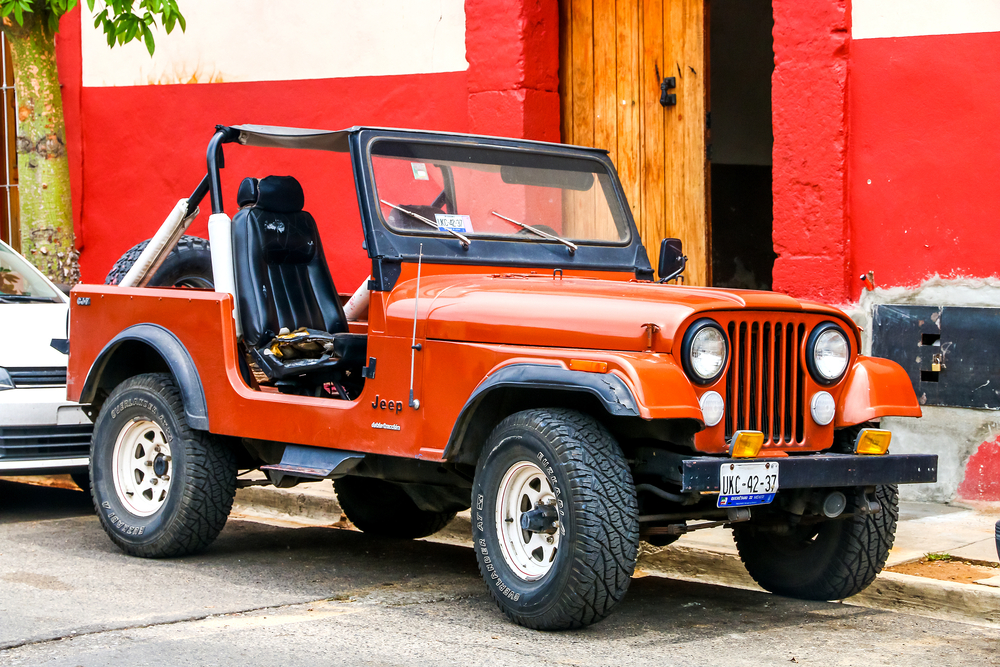
The Jeep CJ-7, produced from 1976 to 1986, was a popular off-roader known for its versatility. However, its widespread availability and the preference for other CJ models, like the CJ-5 and CJ-8 Scrambler, have caused its collector value to decline. The CJ-7’s lack of distinguishing features and the abundance of aftermarket modifications have also contributed to its reduced appeal.
Jeep Gladiator (First Generation)
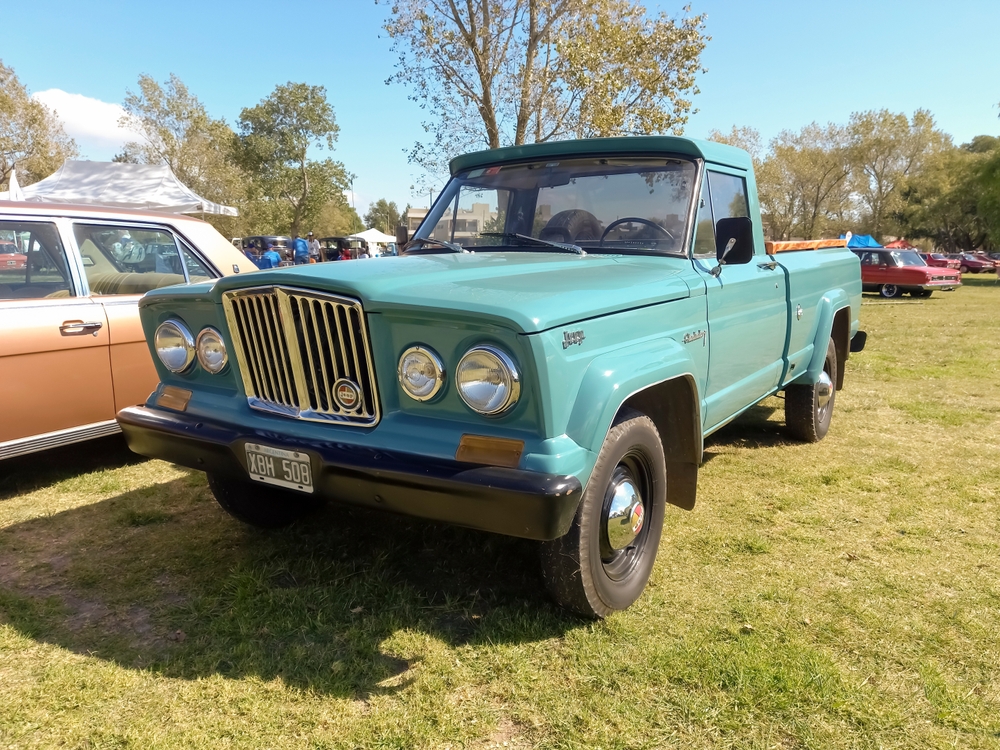
The first-generation Jeep Gladiator, produced from 1962 to 1988, was a full-size pickup that shared many components with the Wagoneer. Despite its rugged design, the Gladiator never achieved the same level of collector interest as other Jeep models, partly due to its long production run and the availability of more desirable trucks from the same era. Its utilitarian nature and the emergence of the new Gladiator have further overshadowed the original model.
Jeep Willys Wagon

The Jeep Willys Wagon, produced from 1946 to 1965, was one of the first SUVs but has struggled to maintain its value over time. Its basic design, limited comfort features, and the availability of more iconic Willys models, like the Willys MB, have kept it from being a top choice for collectors. The Willys Wagon’s utilitarian roots have not aged well in a market that increasingly values comfort and refinement.
Jeep FC-150
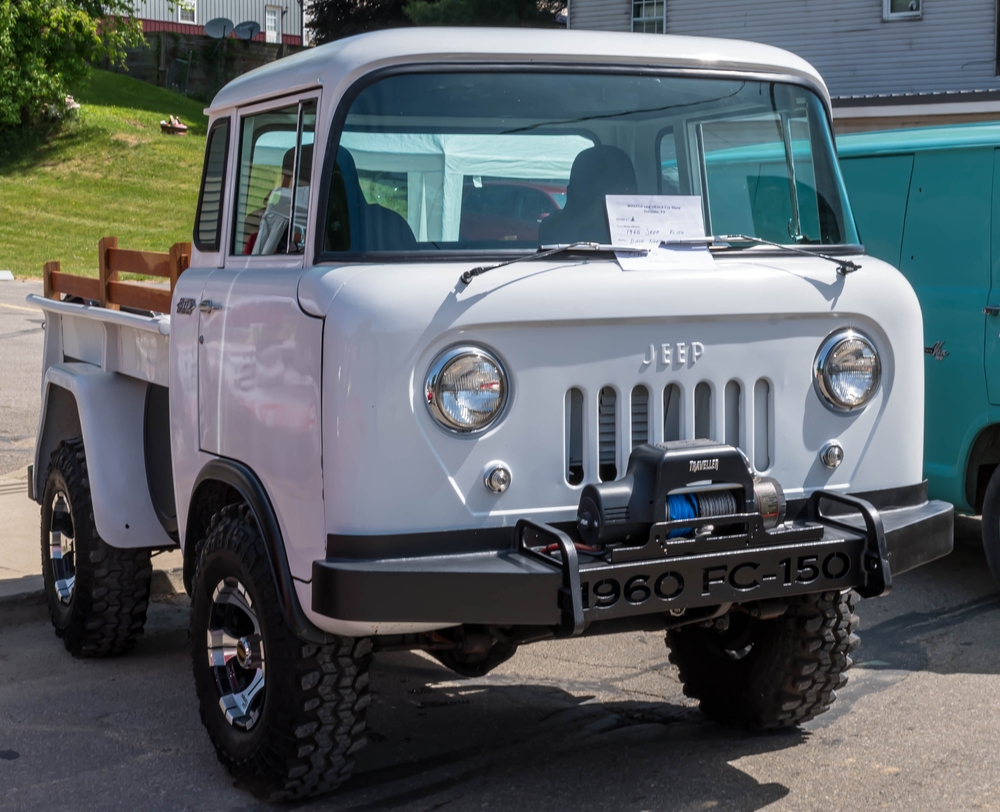
The Jeep FC-150, part of the Forward Control series produced from 1956 to 1965, was a unique cab-over-engine truck that never achieved mainstream popularity. Its unconventional design, limited production numbers, and niche appeal have resulted in low demand among collectors. The FC-150’s practicality and off-road capability are overshadowed by its awkward appearance and the lack of parts availability, further reducing its collector value.
Jeep Cherokee (KL)
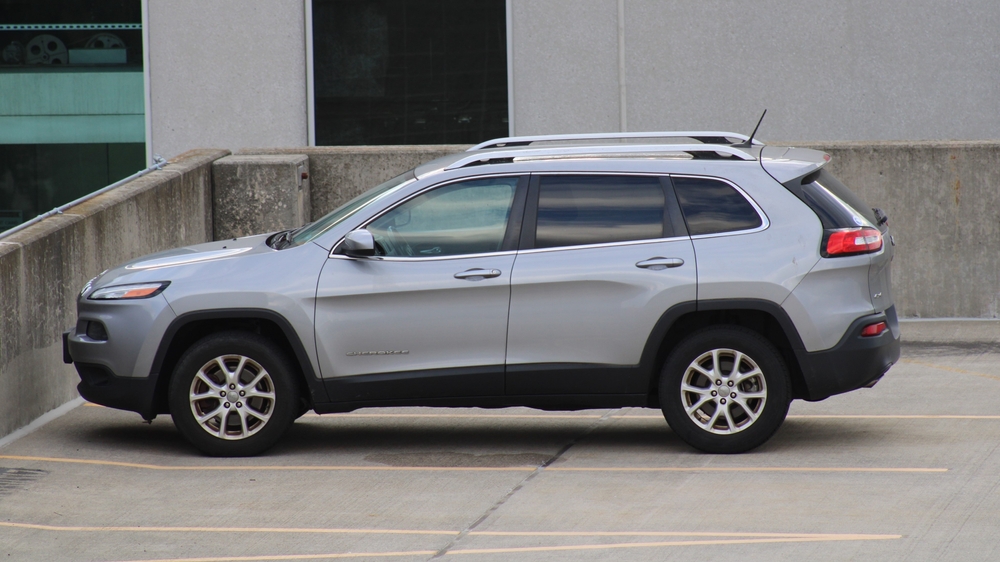
The Jeep Cherokee KL, introduced in 2013, marked a departure from Jeep’s rugged roots with its more crossover-oriented design. Its polarizing front-end styling and lack of off-road prowess compared to previous Cherokee models have made it less appealing to Jeep enthusiasts. The KL’s emphasis on comfort and technology over traditional Jeep attributes has contributed to its decline in collector value.
Jeep Scrambler (CJ-8)

The Jeep Scrambler (CJ-8), produced from 1981 to 1986, was a long-wheelbase version of the CJ-7 that offered increased cargo space. Despite its practicality, the Scrambler never achieved the same level of popularity as other CJ models, leading to its limited appeal among collectors. Its niche status and the preference for shorter-wheelbase Jeeps have resulted in a decline in its collector value.
Jeep M715
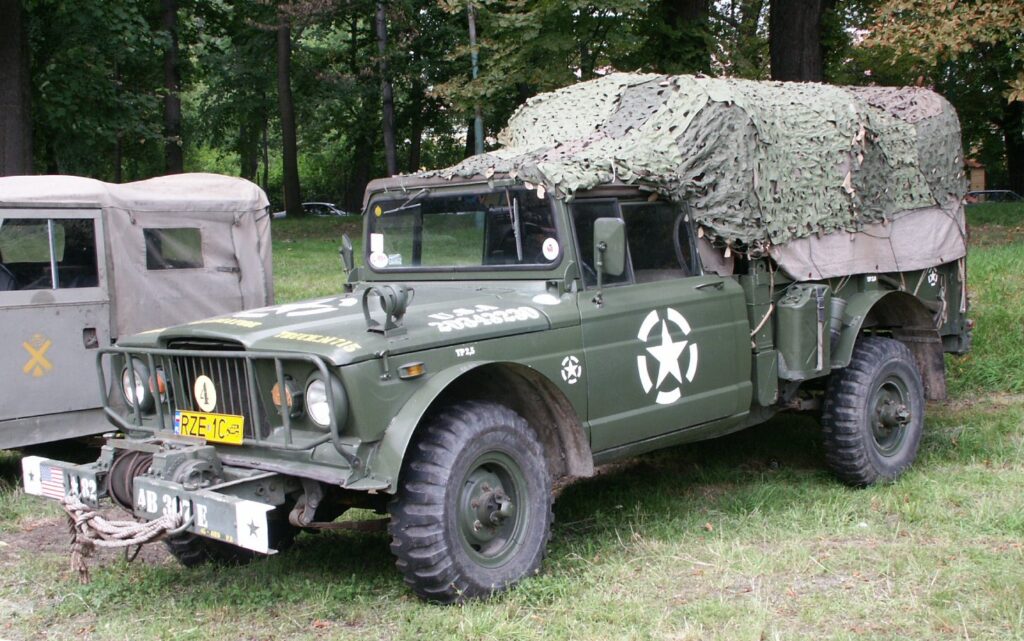
The Jeep M715, a military vehicle produced from 1967 to 1969, was a rugged and capable truck designed for off-road use. However, its utilitarian nature and the availability of more iconic military vehicles, like the Willys MB, have kept it from gaining widespread collector interest. The M715’s large size, lack of comfort features, and limited civilian use have further contributed to its reduced appeal.
Jeep Liberty (KK)
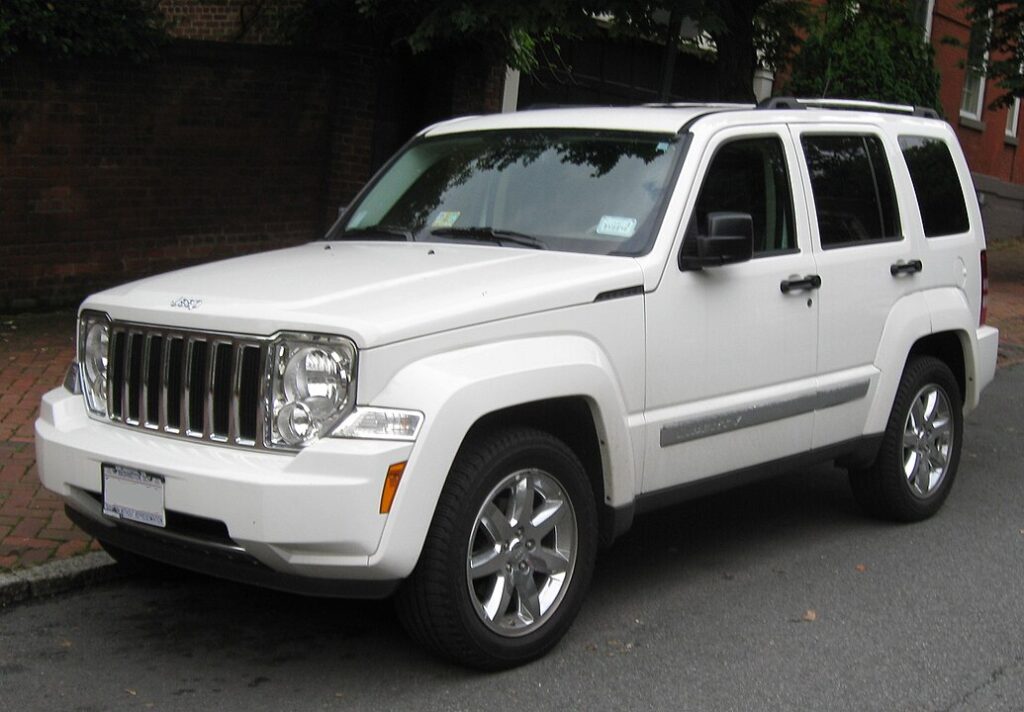
The Jeep Liberty KK, produced from 2008 to 2012, was an attempt to modernize the Liberty line with a more refined design and improved interior. However, it failed to capture the essence of the original Jeep models, offering mediocre performance and limited off-road capability. The Liberty KK’s unremarkable design and lack of a strong following have led to a decline in its collector value.
Jeep CJ-5
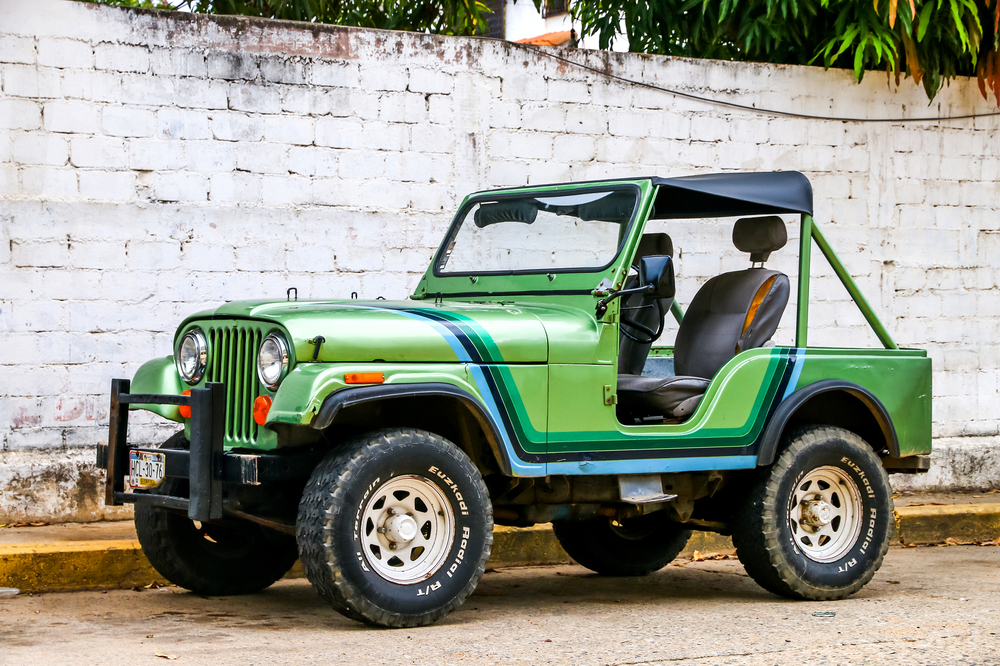
The Jeep CJ-5, produced from 1954 to 1983, is a classic off-roader that paved the way for modern Jeep models. However, its long production run and the abundance of available examples have made it less desirable to collectors. The CJ-5’s basic design and lack of comfort features compared to later Jeep models have also contributed to its diminished appeal.
Jeep Grand Wagoneer (First Generation)
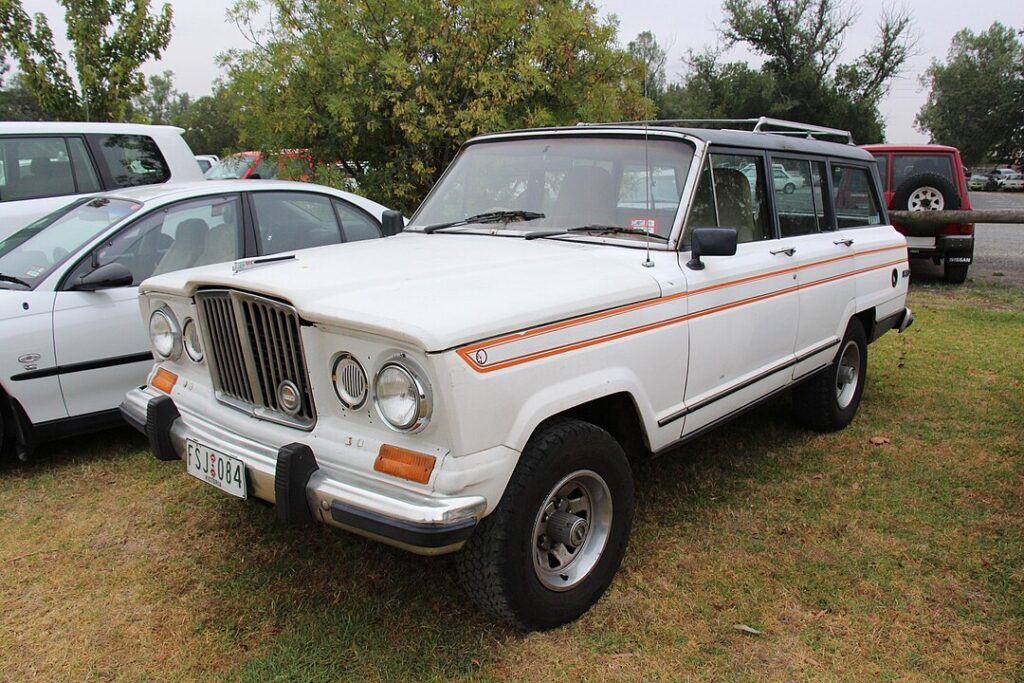
The first-generation Jeep Grand Wagoneer, produced from 1984 to 1991, was a luxury SUV that set the standard for the segment. However, its high maintenance costs, aging technology, and the availability of more modern luxury SUVs have caused its value to decline. While it retains a niche following, the Grand Wagoneer’s appeal has faded in the broader collector market.
This article originally appeared in MyCarMakesNoise.
More from MyCarMakesNoise
20 Rare Classic Cars You`ll Never See on the Road
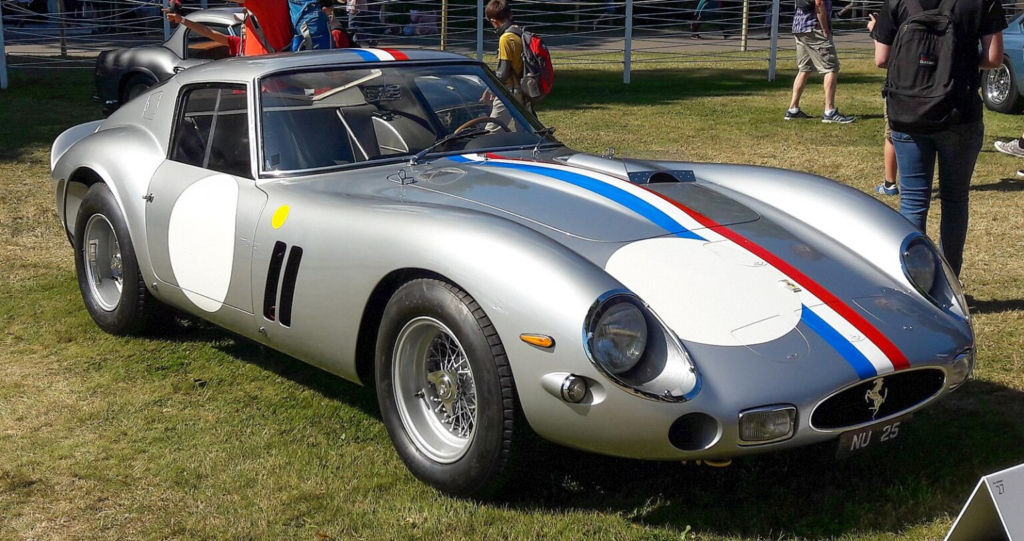
Some classic cars are so rare and iconic that they become legends, rarely seen on the road. These vehicles are not just about speed and power; they represent a blend of exquisite design, engineering marvels, and historical significance. Read More
20 Unusual Products Featuring the Harley-Davidson Brand

Harley-Davidson is renowned for its legendary motorcycles, but the brand’s creativity and craftsmanship extend far beyond the road. From stylish apparel to unique home décor and even custom golf carts, Harley-Davidson has ventured into various unexpected product lines. Read More
The 16 Most Beautifully Engineered Tanks in History

Tanks have played a crucial role in warfare for over a century, showcasing remarkable engineering and design. This article highlights the 16 most beautifully engineered tanks in history, each chosen for its unique blend of innovation, power, and effectiveness on the battlefield. Read More

